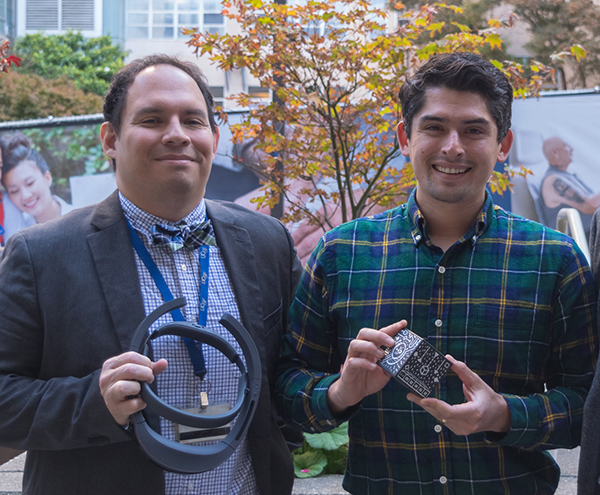Meet the Duo Researching the Application of Augmented Reality Technology for Improved Patient Care and Radiology Education

During surgical planning conference, Jesse Courtier, MD noticed a recurring challenge – surgeons often have difficulty translating radiology information into real-world patient care for surgical planning. As a pediatric radiologist and associate professor of radiology, his experience with 3D printing led to researching the potential application of augmented reality (AR) technology for improved patient care.
Dr. Courtier is co-founder of the startup Sira Medical (formerly HoloSurg3D) along with Rick Beberman, CEO. Ben Laguna, MD, clinical fellow, is chief medical officer. Dr. Laguna has worked closely with Dr. Courtier in developing AR technology to be used in clinical and research settings.
Sample images of models created for the Merge Cube AR model study 
This result is of interest, particularly in times of increased focus on distance learning, since it shows AR can provide students an effective method of absorbing complex 3D material independently while using fewer resources. This work is being prepared for submission to Anatomical Sciences Education, an official publication of the American Association for Anatomy.
Sample images of models created for the Merge Cube AR model study
“While we as radiologists often make these 3D assessments in our minds (that is what we train to do), we wish to investigate if 3D AR models can aid in getting novice trainees up to speed more quickly,” says Dr. Courtier. “We also wish to investigate whether this will also lead to better inter-observer agreement in classification, which as a result leads to more appropriate treatment.”
Drs. Courtier and Laguna continue to make great strides in their work both in developing AR applications in radiology and publishing their foundational accuracy on precision data along with a seminal review article in Radiology on AR/VR applications in Radiology.
